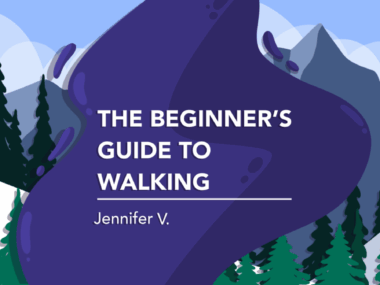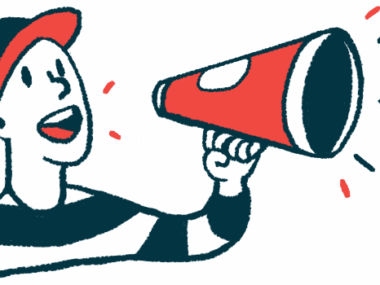Long-term optic neuritis symptoms have left me struggling for relief
The only thing I can do is listen to my body and hold on to hope
Written by |

Recovery is a long, windy road and I am not here for it.
I deserve a break after having two optic neuritis attacks in the last couple months. Each episode was treated with a five-day regimen of Solu-Medrol (methylprednisolone) infusions, and then my medical team inserted a port into my chest for several rounds of plasmapheresis to treat my vision loss.
I know I have no right to complain. After almost 15 years with neuromyelitis optica spectrum disorder (NMOSD), I’ve had an uneventful run. Sure, the initial transverse myelitis attack and an optic neuritis attack a few months later landed me the diagnosis, which was no walk in the park. But since then, when I’d feel symptoms happening, I’d quickly get treatment before any permanent damage was done — until now.
Even after the Solu-Medrol and plasmapheresis, the vision in my left eye hasn’t returned. It’s been almost a month since the last optic neuritis attack, so while I was instructed to wait and be hopeful for a fuller recovery, I need to go back to my normal life that doesn’t revolve around NMOSD and illness.
A difficult journey that requires fortitude
My first attempt at normalcy was delivering a lecture to my postsecondary students. But instead of the confidence I usually have, I found myself overly relying on my PowerPoint slides. My lack of memory left me frustrated. When a student asked a question, all I could focus on was the pain on the right side of my chest, which was still healing from having the plasmapheresis port removed a few days earlier. I struggled to formulate intelligent sentences.
When I returned home, I could barely stand in the shower. I spent the rest of the evening and most of the next day sleeping. All I could think was, where did my stamina go?
Determined to not let that happen again, I accepted an invitation from a client to attend an event. I used to love networking, meeting new people, and learning about their families and what brought them to the event. This time, however, I froze the moment I walked into the crowded room.
While I can see fine out of my right eye, the vision in my damaged left eye is blurry. This has been confusing my brain, because it isn’t getting the same image from both eyes. Trying to identify smiling faces or even recognize folks I should know became an instant challenge. A small panic attack ensued.
Still, I charged forward. I bravely walked up to the first person I saw and introduced myself, but I forgot his name a minute after he told it to me. I tried to read his name tag, but I couldn’t. My next introduction was even worse. I couldn’t find common ground to discuss anything, so instead we watched the bustle of the event in awkward silence until he excused himself for a cup of coffee.
I haven’t been to the gym in over a month, so symptoms like constant back pain have returned with a vengeance. Without proper exercise, I’m not sleeping well, either.
A major NMOSD episode disrupts everything in the lives of patients. I want nothing more than to return to my version of normal: eating properly, taking my meds (including extra ones when pain is bad), exercising, sleeping well, and resting as needed.
My normal usually affords me the ability to work and enjoy my family, but after this last episode, I’m not there yet. Instead, I’m dealing with frustration, a loss of independence, anxiety, and impatience because no one knows how long this recovery will take or if it will even happen. The unknown is what’s driving me mad.
This is the tipping point between health and illness. As a result, I’ve decided to listen to my mind and body. If my mind wants to focus on work, then I will, but if a panic attack happens, I’ll stop and meditate. If I can’t see well enough and my good eye feels like it’s overworking, I’ll take a nap. NMOSD has forced my body to be in the driver’s seat, which is the only strategy out of my current situation.
I call it the “Paula Abdul”: “I take two steps forward, I take two steps back/ We come together ’cause opposites attract.”
Here’s hoping that this is what my mind and body want and they’ll resolve things and stay together for another 15-year run against NMOSD.
Note: Neuromyelitis News is strictly a news and information website about the disease. It does not provide medical advice, diagnosis, or treatment. This content is not intended to be a substitute for professional medical advice, diagnosis, or treatment. Always seek the advice of your physician or other qualified health providers with any questions you may have regarding a medical condition. Never disregard professional medical advice or delay in seeking it because of something you have read on this website. The opinions expressed in this column are not those of Neuromyelitis News or its parent company, Bionews, and are intended to spark discussion about issues pertaining to neuromyelitis optica spectrum disorder.






Leave a comment
Fill in the required fields to post. Your email address will not be published.